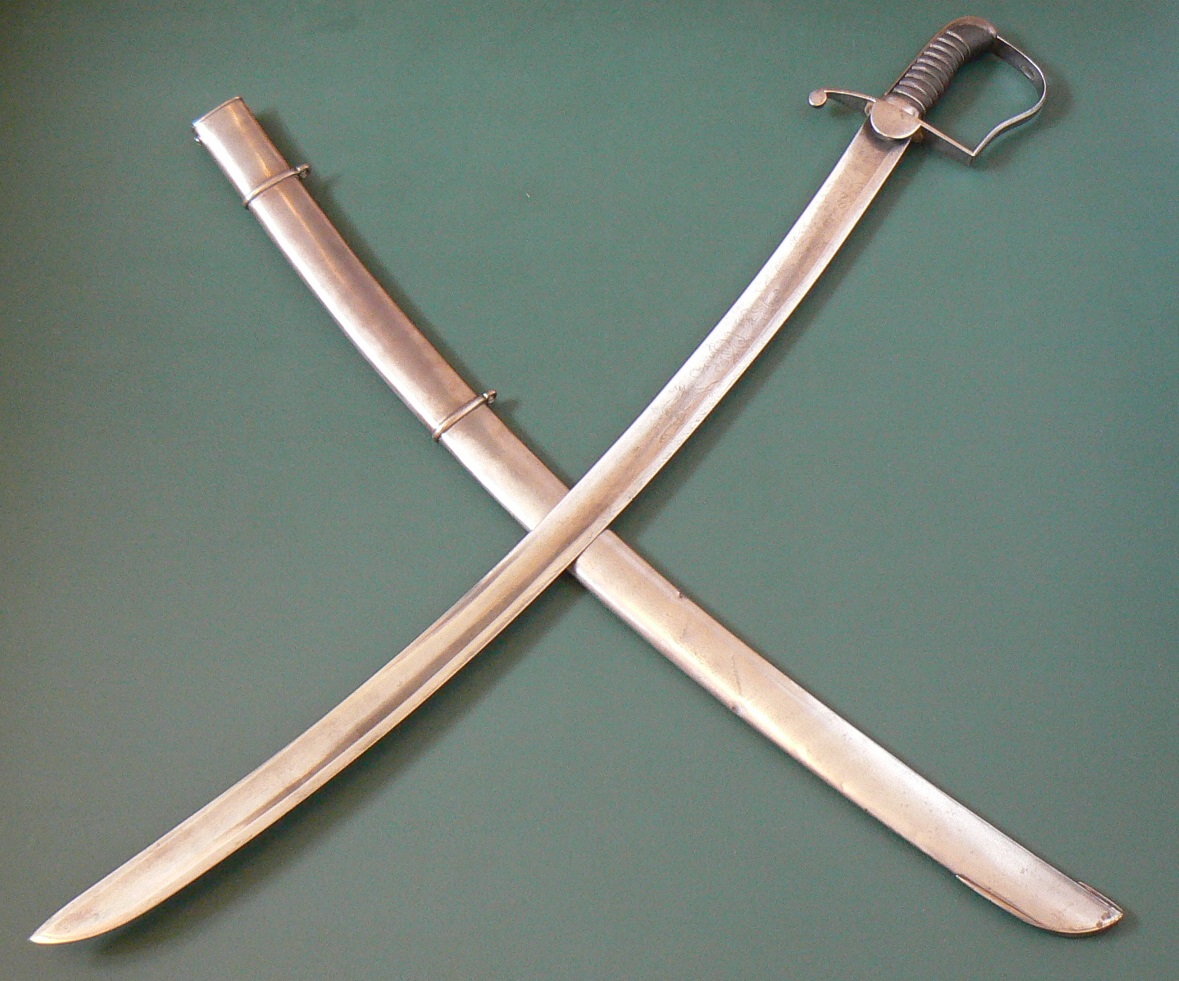John Gill Warranted P1788/96 Light Cavalry Sabre
Posted: 28/08/19 (13:54pm)Ok, so two months have passed and I have really loved owning and researching this sabre. I have had some really enlightening and fascinating chats with Richard Dellar, the foremost expert on British cavalry sabres and we are now 98% sure that we know the story behind this beautiful and unusual sword.
To recap, I bought what I believed was a bespoke British Flank officer’s sabre, but which might also be a bespoke cavalry sabre. I wasn’t exactly sure what it was, but it was turn of the 18th Century, by a top maker and in fantastic condition.
The things that stood out about the sword were that the fuller ran almost the length of the blade. The blade itself was of typical length, so hadn’t been shortened. I knew of only two blades of this type used by the British, the 1788 cavalry sabre and those used by some Flank officers.
The bespoke steel scabbard was also unusual. Its drag was completely different to the typical 1796 Light cavalry scabbard drag. It too was more reminiscent of a Flank officer’s scabbard. But different…

Having frustrated and exhausted my usual lines of enquiry I contacted Richard Dellar, author of “The British Cavalry Sword 1788-1912” a must have volume on British Cavalry Sabres. Richard was enthusiastic about the sword and was immediately convinced that it was not a Flank officer’s sabre.
The sword began service life as a 1788 pattern cavalry sabre and was later re-fitted with the “new” 1796, regulation pattern stirrup hilt and a bespoke steel scabbard.
Why this was done is open to speculation. There are several reasonable reasons for doing this, the most plausible being that;
· A new officer bought a good P1788 and had it re-hilted because it was cheaper than buying a new P1796.
This is possible, but unlikely. Cavalry were the elite. Officers were from the wealthiest families and snobbery was rife. An officer who could not afford to buy a new sword could be humiliated.
· The sword was an heirloom and was handed down from father to son. Perhaps it had served the father well or bore some other significance. In order to conform to the new 1796 regulations and be useable by the son, the sword was re-hilted. With this reason, and being from a wealthy family, a charge by his peers of being “cheap” or “poor” would not apply.
· A serving officer wished to continue using his P1788 sabre. Again, because the sword had served him well or for other, more superstitious reasons, and so had the sword re-hilted.
The latter are the most likely explanations. The sword was clearly the property of a wealthy officer and by a prestigious maker and the cost of re-hilting and having a bespoke scabbard made would have been high. Maybe even more than buying a new P1796 from a lesser maker.
Of the two, I go for the sabre being a family sword, handed from father to son. Maybe the father used the sabre in Flanders and hoped that the sword would somehow keep his son safe in the battles of the Peninsular?
As a collectors piece this sword certainly ticks all the boxes. It has a prestigious maker, is beautifully etched, dateable, has the owners’ initials and is in fantastic condition. It also has the history and romance of the back story. It has it all. And I am sure that there is more to find out by an interested collector.
I will be offering this sabre for sale on the website very soon.

